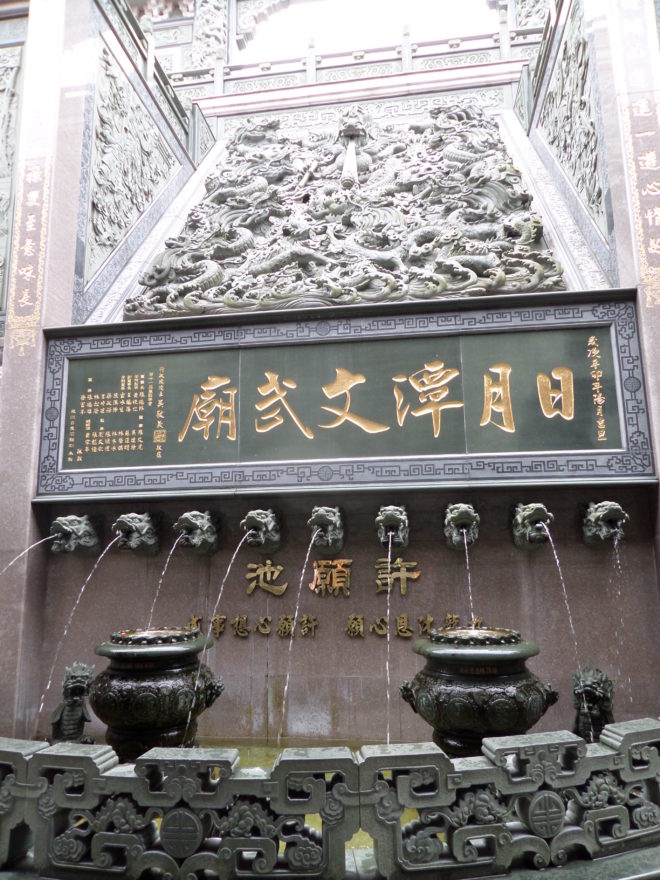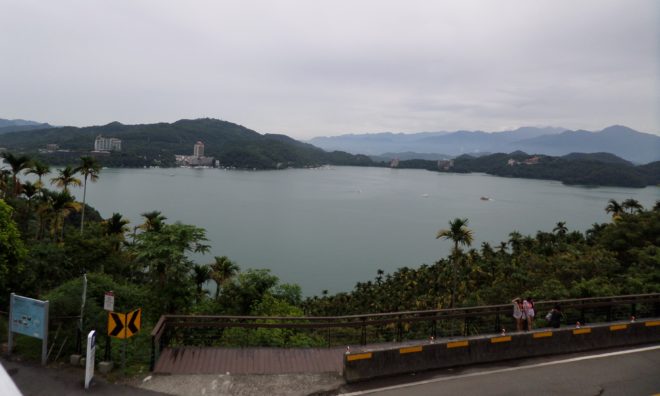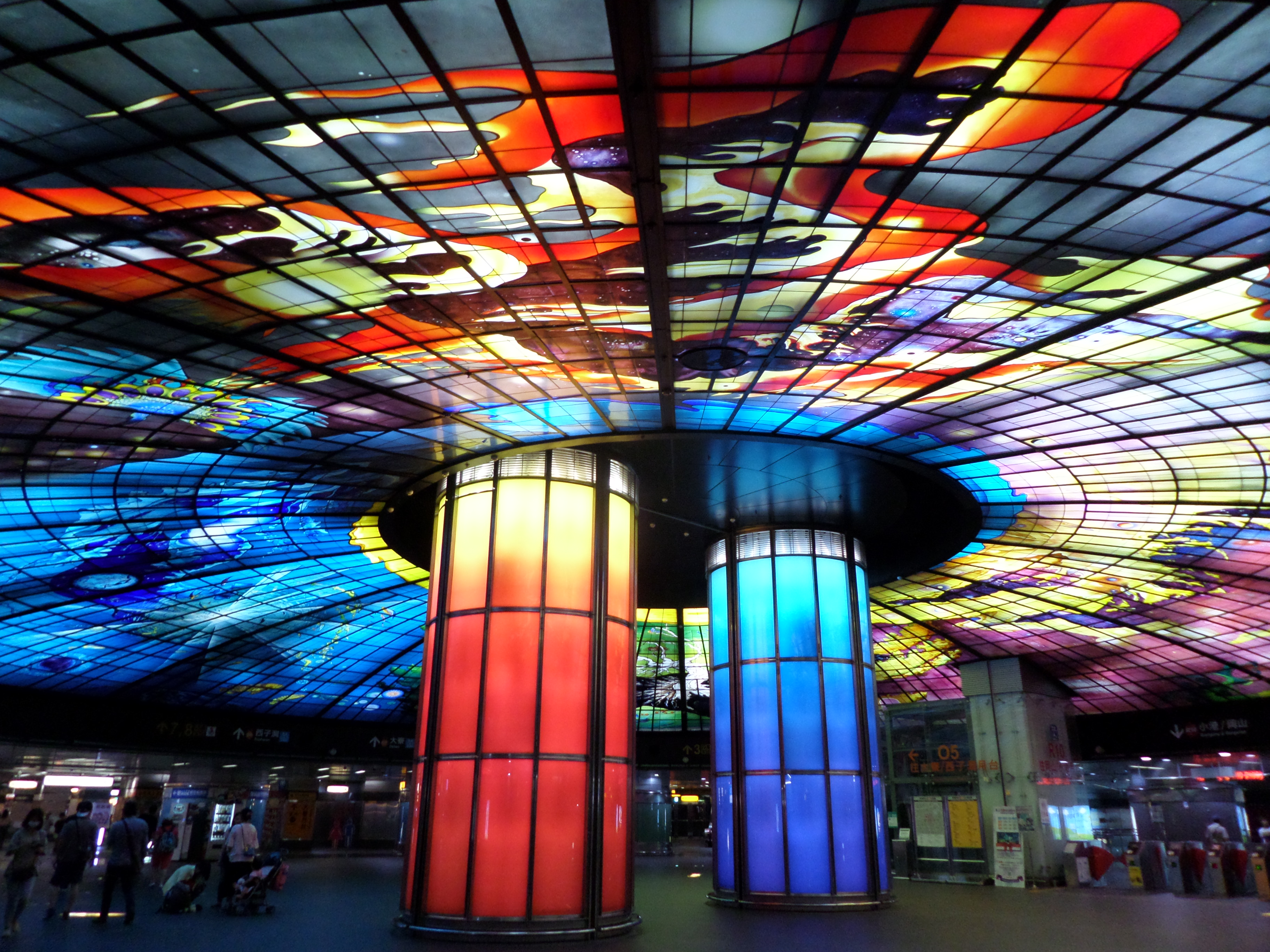
Taiwan is a charming blend of history and modernity—a country that reveres its past and eagerly embraces the present and the future.
From the capital, Taipei, to the southernmost city of Kaohsiung and the aptly named New Taipei City in the north, Taiwan seamlessly weaves together monuments of the past and the amenities of a high-technology society.
Buddhist temples or pagodas remain major tourist attractions, drawing not just Buddha’s believers but people dazzled by the ornate, intricate details of every structure, every pillar, every pedestal where the deity is enthroned.
Impressive as the historic sites are, just as remarkable is Taiwan’s transition into the 21st century. From automatic towelette dispensers in restaurants to computerized book lending in the New Taipei City Public Library, Taiwan has truly left behind its reputation, when it was still a very young country, for making cheap, poor-quality products that were not expected to last longer than a few months, or even just weeks.
Today, its homegrown brand Acer is one of the world’s top five computer manufacturers. Acer is moving beyond standard computer production into designing lifestyle gadgets to make life easier not just for the tech savvy but the digitally clueless.
History, nature, art and technology are combined in a way that makes each city unique and gives tourists every reason to visit. Taiwan’s total land area—just a little over a tenth of the Philippines’—maintains green spaces, its cities ringed by trees and thick foliage.
Most streets are also lined with flowering trees and stately palms.
Kaohsiung, Taiwan’s southernmost city, is less than 300 kilometers north of Batanes, the Philippines’ northernmost province. Filipinos often say a cock’s crow in Taiwan can be heard in Batanes.
High-speed train
The trip to Kaohsiung is a delight for nature lovers and techies. The high-speed train travels at a top speed of 300 km per hour. It’s a technological wonder—breezing through 297 kilometers from Taipei to bring passengers to Kaohsiung in just over an hour.
The trip offers a glimpse of Taiwanese countryside where agriculture, even in small spaces, is still practiced.
The train is a testament to the Taiwanese government’s commitment to make life easier for citizens. Tour guide Albert Jhou says the superfast train, whose fare of $45 one-way, is just a fraction of the almost $400 cost of a round-trip plane ticket from Taipei to Kaohsiung. It has given Taiwanese a better and cheaper alternative to flying south.

Port city
A port city, Kaohsiung is a model of creativity, imagination, preservation and conservation.
The Pier-2 Art Center has transformed old warehouses into historic and creative hubs, such as a theater company, railway museum and bookstore, among others. It provides space for artists, artisans and craftsmen to display their works.
The Formosa Boulevard Station is an amazing example of art and functionality. The subway terminal’s circular glass ceiling is a magnificent kaleidoscope.
For Filipinos, Tainan holds a surprise. In the Silaya Scenic Area, home base of Taiwan’s lowland indigenous people Silaya, a Chavacano from Zamboanga is helping the community reconstruct its culture, tradition and language.
Edgar Macapili, who is married to the daughter of the community chief Ban Cheng Hiong, is helping the indigenous group reconstruct its language by using biblical passages that had been translated into the Silaya tongue by Dutch Christian missionaries before the settlers from mainland China arrived.
The Silayans have become so assimilated into the Taiwanese community that they don’t even have their traditional names anymore.

Sun Moon Lake
Tainan boasts of the Sun Moon Lake, so named, according to Jhou, because it originally consisted of distinctly shaped bodies of water—one round, and the other crescent-shaped. The lakes have since merged into one.
The Alpine-like atmosphere around the lake has made it a favorite spot for Taiwan’s first president, Chiang Kai-shek, leader of the Koumintang party that founded the tiny republic.
In Taichung, south of Taipei, decades-old SauceCo. and Noodles Origin have become virtual museums and tourist attractions for Taiwanese and Asian cuisine essentials, especially noodles, soy sauces and other condiments.
SauceCo. has been making miso since 1945. The company, now run by the third generation of the founding family, has since transitioned into a high-tech firm committed to the “green life and healthy diet,” promoting organic food.
But its plant likewise showcases the tools and paraphernalia when simple but labor-intensive methods were employed.
Noodles Origin has come a long way since its founding in 1934. Also run by the descendant of the founder, the factory has improved on and expanded basic techniques learned from the Japanese to come up with noodles in a wide variety of flavors—green tea, black sesame, taro, brown rice, pouchong tea, oolong tea, as well as the classic.
The product’s Japanese origin is in full display in the neat and pretty packaging that makes each bundle of noodle look like a very precious gift.

Just how traditional yet in step with modern times Taiwan has become will be in full display at the Taiwan Expo 2017, Sept. 29-Oct. 1 at SMX Convention Center, Pasay. It is the first multifaceted, comprehensive trade and travel show in the Philippines.
Organized by Taitra (Taiwan External Trade Development Council), the expo will feature at least eight theme pavilions showcasing education, culture and tourism, innovation and technology, agricultural technology, city destinations, general support and the local Taiwan Association Philippines.
Also to be held are forums on “Taiwan Fishery Industry and Food Packaging Design Trends” and “Taiwan Excellence Forum: Taiwan IoT Strength and Development.” IoT stands for Internet of Things, the inter-networking or connectivity of physical devices.
Walter Yeh, Taitra president, said the expo is an opportunity to establish greater cooperation between the Philippines and Taiwan, and a chance to share with Filipino friends the cultural and technological developments in his country.













































